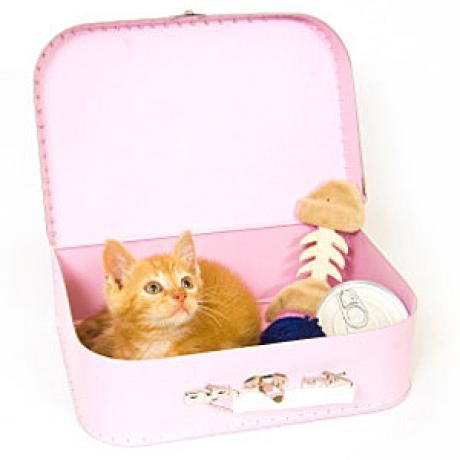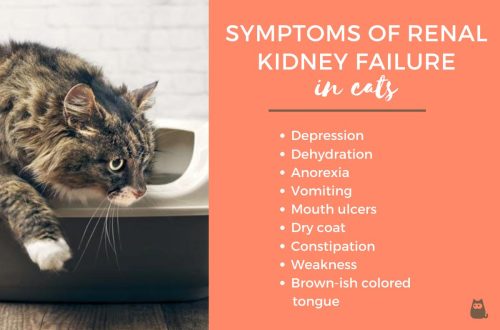
Traveling with a kitten
Getting ready for the trip
If you want to take your pet with you on a trip or you need to take it out of the house for some reason, use a special carrier.
Most cats do not like carriers and try to hide as soon as they see them. To prevent your kitten from developing such dislike, leave the carrier in an accessible place with the door open. It will be easier for your kitten to get used to it if it is a cozy place for him to relax and play. For example, you can put some of his favorite toys inside it. Then your pet will begin to perceive the carrier as his place, cozy and safe, and trips in it will no longer frighten him.
Which carrier to choose?
A plastic carrier works best – it’s sturdy and easy to clean. Cardboard carriers can only be used for short trips. If the carrier door is located on top, it will be more convenient for you to put your pet in and out of it. The carrier should be well ventilated and secure, with absorbent bedding and a soft blanket or towel on the floor. If you are going on a long trip, take a small tray with you. And make sure that your kitten is not cramped inside and the air can circulate freely.
So on your way
If you are traveling by car, position the carrier so that your kitten can see everything that is happening around. The carrier should be in the shade as kittens are prone to heatstroke. There are special car window tints – you can get them at a nursery. And while it’s obvious, don’t leave your kitten alone in an unventilated car.
Feeding before a trip can lead to stomach upset, so it may be best to postpone it until after you arrive at your destination. However, your kitty will need water on long trips, so have a water bottle or clip-on travel bowl ready. Your pet may develop “seasickness” – in this case, medications will help. However, you should consult with your veterinarian first. Be prepared for the fact that he generally advises you to leave your pet at home.





